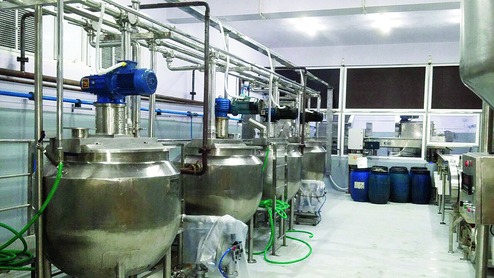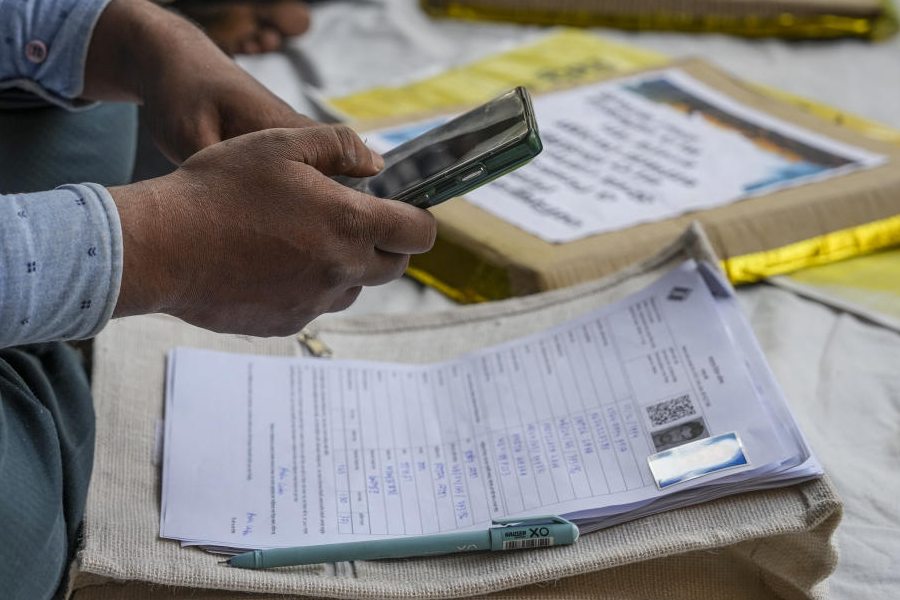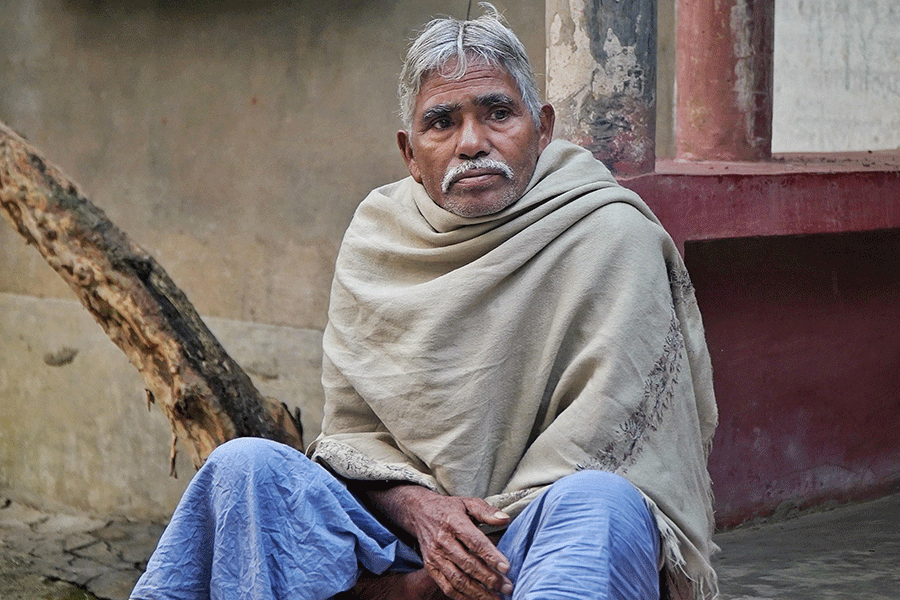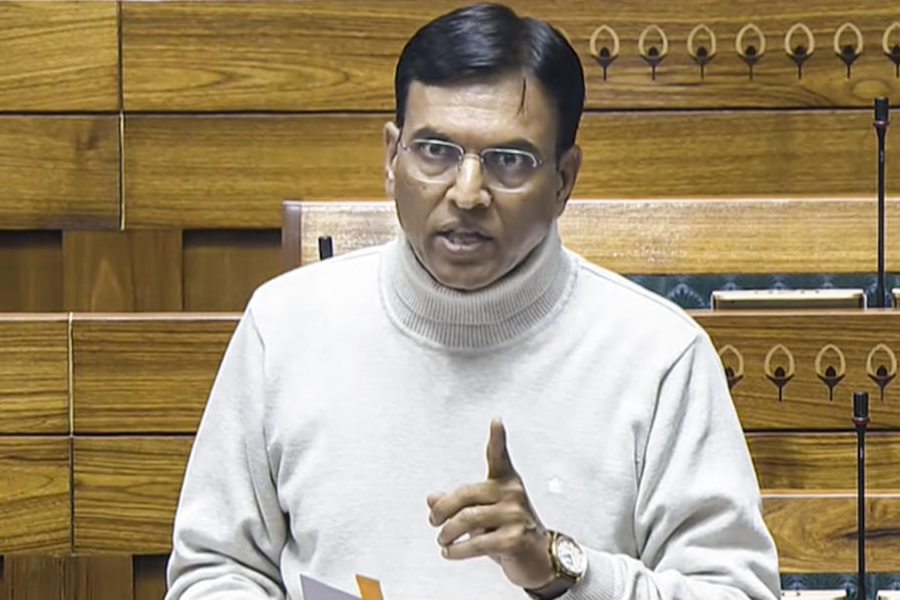

Pics: Subhendu Chaki
Chutney by definition is a mix. And this is a real mixed up story of a Chutney Man from Bengal, who walked in a typist at a jam-jelly-pickle company in Calcutta owned by some Jews and came out the chutney mogul of Europe.
"Of course, it didn't happen quite so fast or smoothly," says the 90-year-old Samarendra Nath Mitra, son of Chutney Man Sailendra Krishna Mitra, who is telling us the story. We are sitting in the Garstin Place office of Samarendra, who drives down from Konnagar in Hooghly district to this place in central Calcutta every other day to check on the business.
He continues with his story.
Having lost his father at 14, Sailendra was in dire need of a job when someone recom-mended he learn typing. Training done, he got himself a job at a Jewish condiment-maker's in Calcutta - Daw & Sons. And that is when the young man from Konnagar got chutneyfied.
He came to understand, perhaps from handling all those office papers, what a brilliant yet simple business idea it was. In the land of the chutney, target the non-native and sell him something so homely, so pedestrian, that the locals wouldn't consider it worth peddling. "Father came to know that there was a niche market for the chutney even in the Calcutta of the 1900s," says Samarendra.
He, of course, uses the term "chutney" loosely; applying it to the sweet sticky preparation that typically goes by this name, as well as the oily Indian aachaar or pickle.

The next few years at Daw & Sons, Sailendra did more than just pound away at the typewriter. He got a sense of the market and the marketing formula, and when he was saturated with information and ambition, he quit his job and went back to Konnagar on the western fringes of the city.
As Mitra Jr tells the tale, the same year he was born, his father set up his chutney business. He got his wife and mother to prepare chutney in bulk. And all the salesmen he had was his own self.
Every day, Sailendra would cycle to Konnagar Station with two bags stuffed with wares. And from there he would take the local train to Howrah. Once he reached the city, he would walk around Burrabazar, Baghbazar, Sudder Street and try and sell chutney to Anglo-Indian and other European homes.
But when he went back to these addresses a second time, Sailendra realised there was something amiss. No one wanted more of what seemed like the perfectly tasty Bengali condiment. Too sweet, too oily, too fiery... were some of the comments that came his way. A man clearly ahead of his times, Sailendra decided to work the criticism into his recipes and tweaked them for the non-Indian palate. Sour top notes, less of chilli, a subtle sweetness instead of the saccharine sweetness, less oil, more vinegar, and so on.
By 1938, the home kitchen had given way to a factory of sorts, albeit rented. And that is how it would have remained and continued except that some people have a habit of outgrowing spaces. Sailendra worked it out in his head - if his client was the outsider insider, why not take his product outside to more outsiders, instead of keeping it all inside. In the 1950s, the Chutney Man from Konnagar was contemplating export. But where was the money?
Samarendra, who was by then a young man, remembers being nudged by his father to approach the banks. He recalls, "I was terrified. I barely spoke English, understood even less, and had just about joined the business. One by one, all the local banks turned me down. And that is when I approached the one foreign bank that was around. I told them I needed Rs 50,000 and they said they would need to inspect our factory first. I told them it was nothing but a melee of pots and pans and heaps of withered fruit, but they still insisted." Inspection done, the loan went through. Thereafter, since 1970, the Mitras have concentrated on the export business alone. The company by now had got itself a name, Mida's, a corruption of Mitra's.
If there were interesting anecdotes of his father's explorations in the UK, US, Netherlands, Czech Republic, Belgium, Switzerland, Vietnam, those have died with him. The only testimony to those experiences would be new recipes. A fruit and nut chutney, something by the name of Cashmere Chutney, a mango pineapple chutney, mango lime... But not a lick of this can be had here in India, to date.
Samarendra coughs a tad apologetically and passes the buck to the next generation. "They will bring it back to India," he promises, gallantly on their behalf.
Now who's in a pickle?










